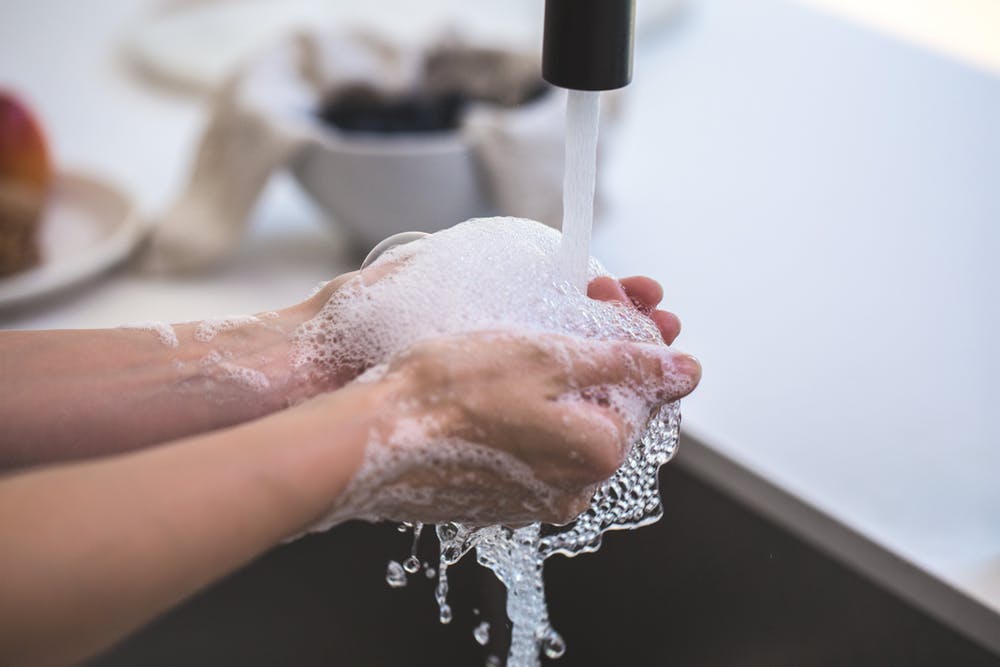
As restrictions are lifting and non-essential stores and restaurants are opening, it is important to continue following safety guidelines when out and about. But another area that deserves our utmost attention is the home – bringing food and other items from outside our homes and through our doors needs to be done in the safest way possible.
We have put together a list of guidelines on how to shop safely at the grocery store as well as how to properly clean your groceries when you arrive home to minimize the risk of contracting coronavirus. This information has primarily been gathered from a video made by Dr. Jeffrey VanWingen. His video will be linked at the end of this post under “sources.”
At the store…
- Only go if you must, and avoid bringing children with you if this is an option.
- Send one member of the family out to purchase groceries for the household
- Purchase 2 weeks worth of groceries at a time to minimize the number of grocery store visits needed
- Pay with card and use the tap option if possible
- Make a list of what you need to avoid going up and down the same aisles
- Commit to buy what you have picked up
- Consider wearing a mask to decrease your tendency to touch your face
- Do not go grocery shopping if you are not feeling well
- Bring hand sanitizer
- Practicing social distancing by keeping 6 feet away from others
How long can the virus be detected on groceries?
Lab tests have shown that Covid-19 can remain intact on cardboard for up to 24 hours, and up to 3 days on plastic and stainless steel.
Non-perishable items…
If you have space, consider leaving non-perishable items that you will not need to use right away outside of the house for the 3-day period. This will allow the virus particles to become undetectable, so at the end of the 3 days, you can safely bring the items in without needing to disinfect every item.
Cleaning your groceries…
Dr. VanWingen recommends dedicating the surface that you place your grocery bags on as the “dirty zone”, and the disinfected surface that you place your cleaned items on as the “clean zone.”
Packaged foods: Use hand sanitizer and saturate a paper towel with a disinfecting spray. Alternatively, you can use a wipe such as Lysol if you have them. Wipe down plastic products, putting the most attention toward areas that you think would come into contact with human hands more often (ex. the top of a resealable bag). You could also choose to open up a bag and dump the contents into a clean storage container before disposing of the packaging. For items that come double packaged such as frozen pizza or cereal, dispose of the cardboard box and put the plastic-wrapped item contents inside away. It is not likely that any hands have touched this inside packaging in less than 3 days, so you do not need to disinfect the product further. Remember to use hand sanitizer between touching items in the “dirty zone” and items in the “clean zone.”
Produce: dunk fruits and vegetables in a sink full of clean water. Rinse off each item individually with running water. Gently rub firm items such as apples and oranges as you rinse them.
Bags: dispose of plastic bags and leave cloth bags outside of the home for 3 days.
Remember to wipe down the “dirty zone” when you have finished cleaning your groceries. Stay safe!
Sources: https://www.youtube.com/watch?v=zmoBI5m2_uw https://www.healthline.com/health-news/worried-about-contaminated-groceries-how-to-be-safe#Cleaning-food-like-a-surgeon
Leave a Comment
You must be logged in to post a comment.
0 Comments